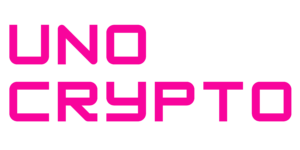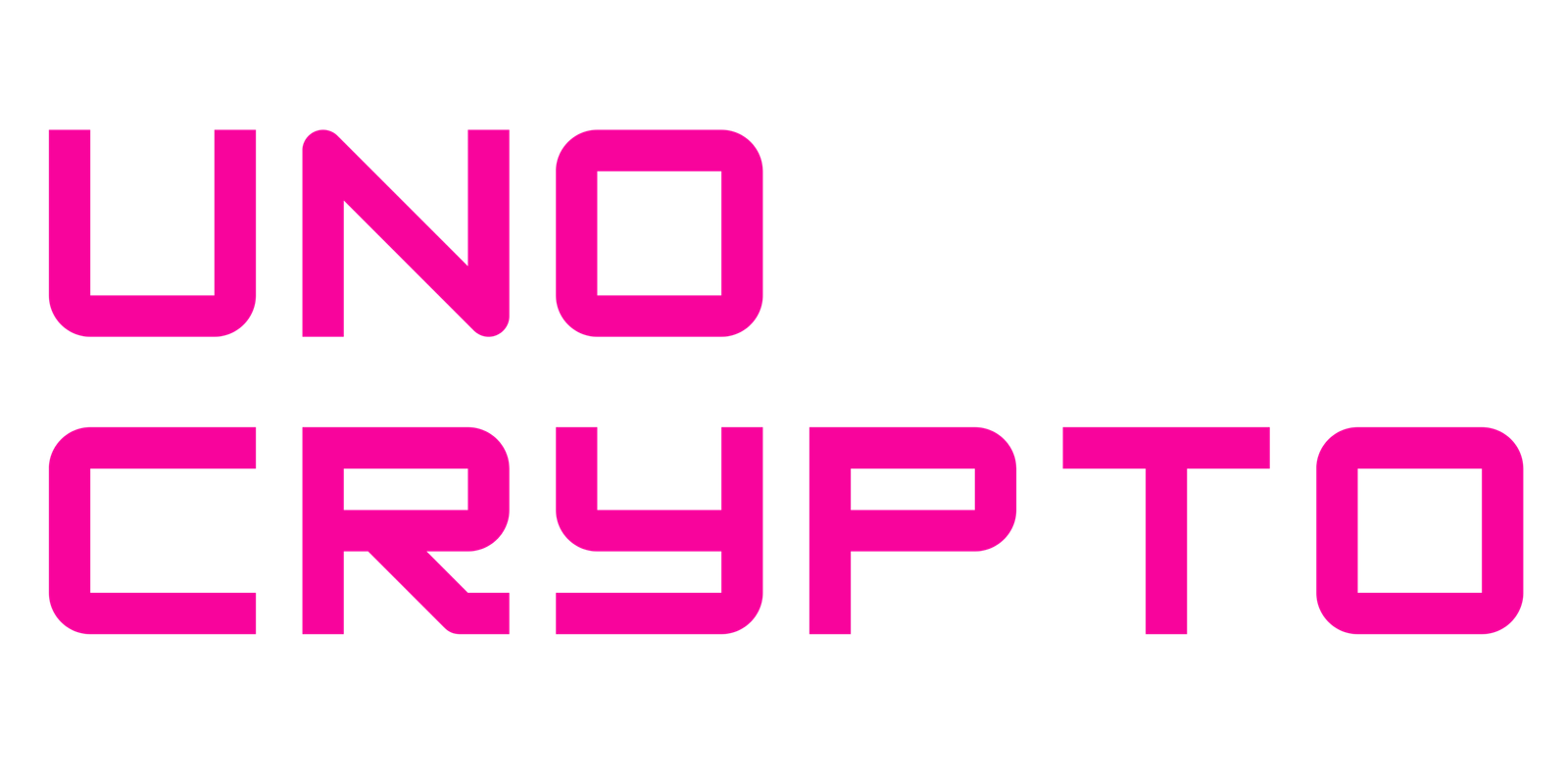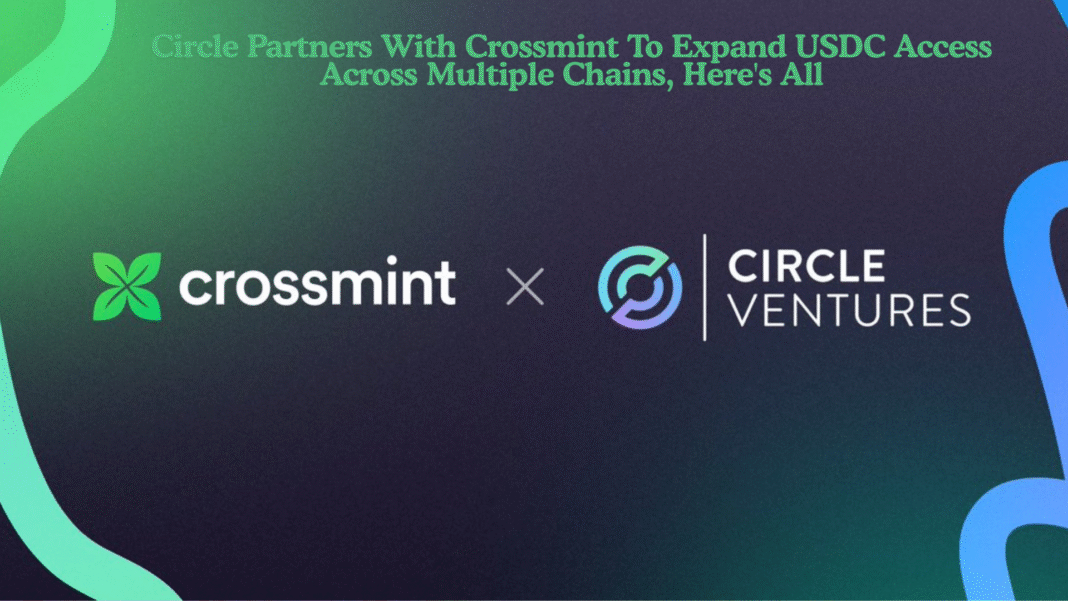Earlier today, Circle announced a partnership between its venture arm,Circle Ventures, and Crossmint, a crypto infrastructure company.
The partnership is intended to bring USDC, Circle’s popular U.S. dollar-pegged stablecoin, to numerous blockchain networks.
Crossmint announced that it will be integrating its wallet technology and APIs for USDC stablecoin onramps, orchestration, and payments.
The collaboration will support a financial ecosystem that fulfills transactions with nearly instant speed, accessible anywhere in the world, and flexible for human and machine utilization.
Overall, this positions USDC to play a prominent role in the future of digital payments.
Crossmint Brings AI Agents Into the Stablecoin Ecosystem
One distinctive characteristic of the partnership centered on Crossmint is its emphasis on facilitating its AI agents, which some industry watchers believe might soon be Ethereum’s biggest user segment.
These autonomous agents could perform a wider array of functions using stablecoins, such as payment for self-driving taxis, on-demand content publishing, and the introduction of decentralized applications that can pay for permanent data storage automatically.
As Coinbase developers Kevin Leffew and Lincoln Murr said, stablecoins in combination with an AI-enabled mode of doing things present huge opportunities for on-chain e-commerce and automation, accentuating why USDC expansion is important for the future digital economy.
Also Read: Ripple & Circle Back Singapore Based Tazapay In Series B Funding To Boost Cross Border Payments
Stablecoins as a Lifeline in Inflation-Hit Countries
Beyond its uses within technology, the partnership also points to stablecoins like USDC as potential financial lifelines in countries suffering from inflation and instability of currency.
In Argentina, citizens are increasingly able to buy stablecoins through informal crypto “caves” for the purpose of protecting their savings against currency controls and inflation.
And this week, MoneyGram announced the deployment of its crypto payments app in Colombia, leveraging Crossmint’s infrastructure and self-custody solutions.
The app enables locals to hold USDC in order to serve as a hedge against the weakening peso and expand financial inclusion for communities often excluded from traditional banking.
USDT Remains Dominant Despite USDC Growth
Even as Circle and Crossmint are driving the growth of mainstream USDC adoption, Tether’s USDT still sits at the top of the market for stablecoins.
According to CoinGecko, USDT had almost $100 billion in processing trading volume over the last 24 hours, while USDC had $10.3 billion.
Tether has a much larger market cap, with USDT at $173 billion and USDC at $74.1 billion.
Earlier this year, USDT’s supply on the Tron network alone surpassed $80 billion. Its low-cost, quick transfers made it an ideal option for developing economies and environments, where efficiency and cost matter.
Also Read: Circle Faces Scrutiny As North Korea’s USDC Activity Remains Unchecked
Circle’s Wider Push in Stablecoin and Banking Innovation
The crossmint collaboration comes on the heels of further initiatives from Circle to strengthen its share of leadership in the stablecoin industry.
On July 15, Circle submitted its application to the U.S. Office of the Comptroller of the Currency (OCC) for the United States’ first federally regulated digital asset bank with a focus on stablecoin trust and reserves, according to UnoCrypto.
Also, on August 12, we reported that Circle released its Arc Layer-1 blockchain with USDC as the default gas token. With a supply of USDC in the market of over $61.3 billion and $5.9 trillion in on-chain quarterly volume.
Circle is making significant investments in regulatory measures, financial innovations, and infrastructure development to outperform competitors and expand the use case for stablecoins in the U.S. and international economies.
Also Read: Circle Seeks U.S. National Trust Bank License After Successful US Public Listing


